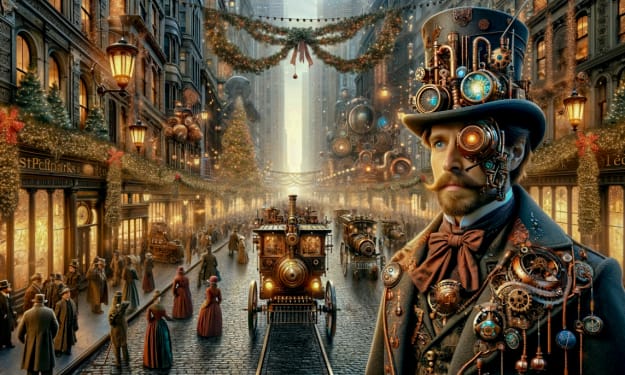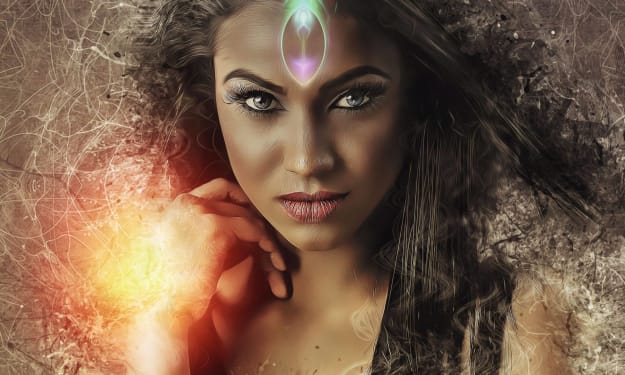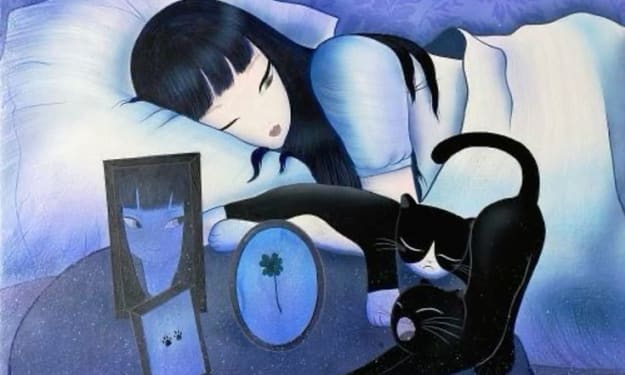Exploring Cultural Practices and Rituals:
A Window into Human Diversity

Cultural practices and rituals are integral components of human societies, shaping beliefs, values, and social interactions across diverse cultures and communities. In this exploration, we delve into the rich tapestry of cultural practices and rituals, uncovering their significance, diversity, and enduring relevance in the human experience.
Understanding Cultural Practices and Rituals
Cultural practices and rituals encompass a wide range of behaviors, customs, and traditions that are passed down from generation to generation within a society. These practices often reflect a community's values, beliefs, and worldview, serving various functions such as social cohesion, identity formation, and the transmission of cultural heritage. From religious ceremonies and rites of passage to everyday rituals and social conventions, cultural practices play a central role in shaping human behavior and relationships.
The Significance of Cultural Practices and Rituals
Cultural practices and rituals serve multiple purposes within a society:
Identity and Belonging: Cultural practices and rituals help individuals establish a sense of identity and belonging within their community. By participating in shared rituals and traditions, individuals reaffirm their connection to their cultural heritage and social group.
Social Cohesion: Rituals often serve as mechanisms for social cohesion, bringing community members together and reinforcing bonds of kinship, friendship, and solidarity. Whether it's a religious ceremony, a cultural festival, or a communal celebration, rituals foster a sense of unity and collective purpose among participants.
Meaning-Making: Cultural practices and rituals provide frameworks for interpreting and understanding the world around us. Through symbolic actions, narratives, and symbols, rituals convey deeper meanings and truths about the human condition, offering insights into concepts such as life, death, love, and spirituality.
Transition and Transformation: Many rituals mark significant life transitions and milestones, such as birth, marriage, and death. These rites of passage help individuals navigate major life changes and transitions, providing support, guidance, and a sense of continuity in times of uncertainty.
Examples of Cultural Practices and Rituals
Cultural practices and rituals vary widely across different societies and cultural contexts:
Religious Rituals: From prayer and meditation to pilgrimage and sacrifice, religious rituals play a central role in many faith traditions, providing opportunities for worship, reflection, and spiritual growth.
Lifecycle Rituals: Birth ceremonies, coming-of-age rituals, marriage ceremonies, and funeral rites are examples of lifecycle rituals that mark significant milestones in an individual's life journey.
Seasonal Festivals: Cultural festivals and celebrations, such as harvest festivals, solstice celebrations, and New Year's festivities, often involve elaborate rituals, performances, and communal gatherings that reflect seasonal rhythms and cultural traditions.
Healing Practices: Traditional healing practices and rituals, such as herbal medicine, shamanic healing ceremonies, and spiritual cleansing rituals, are integral to many indigenous cultures and communities, providing holistic approaches to health and wellness.
Conclusion: Embracing Cultural Diversity
In conclusion, cultural practices and rituals form the vibrant fabric of human society, weaving together threads of tradition, meaning, and identity. Across the globe, from the bustling streets of metropolises to the remote corners of indigenous communities, these rituals and practices serve as pillars of cultural heritage, connecting generations and grounding communities in their shared past. As we traverse the landscape of a globalized world, it's imperative to recognize the value of cultural diversity as a source of strength and resilience.
Moreover, in an era marked by rapid social and technological change, the preservation and celebration of cultural practices and rituals take on added significance. They provide anchors amidst the tumult of modernity, offering solace, continuity, and a sense of belonging in an ever-changing world. By embracing cultural diversity, we not only honor the unique contributions of each community but also enrich our own lives by expanding our perspectives and deepening our understanding of what it means to be human.
In essence, cultural practices and rituals are not just relics of the past; they are living, breathing expressions of human creativity, resilience, and spirituality. As stewards of cultural heritage, it is our responsibility to safeguard these traditions for future generations, ensuring that the tapestry of human culture remains vibrant and diverse for centuries to come. By celebrating the mosaic of cultural practices and rituals that define us, we embrace the richness of the human experience in all its complexity and beauty.
About the Creator
Mohamed Ali
Mohamed Ali is a passionate writer and researcher with a keen interest in exploring the complexities of human behavior and society through the lens of sociology. With a background in sociology and psychology.






Comments
There are no comments for this story
Be the first to respond and start the conversation.